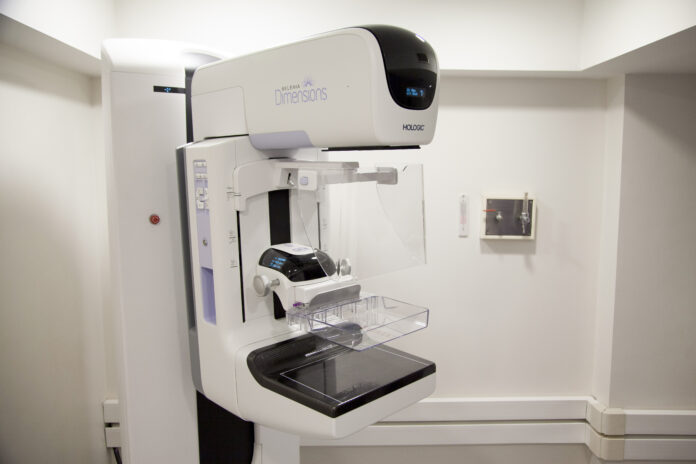While it’s not uncommon to need additional screening, this can evoke significant fear in patients
By KATIE HELLMAN — science@theaggie.org
Mammograms are used for the early detection of breast cancer, and they are a life-saving tool. The test utilizes X-rays to create images of breast tissue that can be examined for masses or anything else of concern.
A fallback of mammograms is that they have the potential to give false-positive results. If women are called back for additional screening, it can lead to significant amounts of emotional distress even when the process does not result in a cancer diagnosis. The UC Davis Comprehensive Cancer Center conducted a study and found that when women received a false-positive result, they were less likely to return for breast cancer prevention exams in the future.
The study collected data from over 1 million patients between the ages of 40 and 73, using over 3.5 million mammograms from 2005 to 2017. The results, which were published in the Annals of Internal Medicine, implied that this can lead to undiagnosed breast cancer occurrences for the women who choose not to return for more screenings.
“Women were less likely to return to screening after false-positive mammography results, especially with recommendations for short-interval follow-up or biopsy, raising concerns about continued participation in routine screening among these women at increased breast cancer risk,” the study reads.
Diana Miglioretti, chief of the Division of Biostatistics at UC Davis and researcher in the cancer center, discussed the implications of these results in an interview with UC Davis Health.
“It is important for women with false-positive results to continue screening every one to two years,” Miglioretti said. “Having a false-positive result, especially if it results in a diagnosis of benign breast disease, is associated with an increased risk of being diagnosed with breast cancer in the future.”
77% of patients who had a mammogram with a normal result came back for future tests, compared to only 61% of those who had a false-positive result and were supposed to come back for follow-ups. If a biopsy was suggested, 67% of patients returned. If a false-positive result were to occur on more than one occasion, only 56% of women returned.
These results are important, because false positives are not an uncommon occurrence. In patients between the ages of 40 and 49, there is a 10-12% chance of receiving a false-positive result after a mammogram. If someone were to have yearly mammograms for a decade, there is a 50-60% chance they would receive a false-positive result at some point, and there is a 7-12% chance their result would be accompanied by a recommendation for a biopsy.
An article by Susan G. Komen, an organization that aims to make an impact against breast cancer, explains why mammograms should not be avoided for this reason.
“If you’re called back to check an abnormal finding on your mammogram, it’s normal to be worried or concerned,” the website reads. “However, false positive results are common. Most women who are called back don’t have breast cancer.”
False-positive results occur for a wide variety of reasons, including having dense breast tissue, overlapping tissue or calcifications. Even if additional screening is suggested following a mammogram, that does not mean there is reason to panic — around 10% of the time, extra imaging is recommended, but that doesn’t necessarily indicate a cancer diagnosis. Getting these scans should not be avoided due to the potential for false positives, as they are a crucial component of preventative healthcare.
Written by: Katie Hellman — science@theaggie.org





